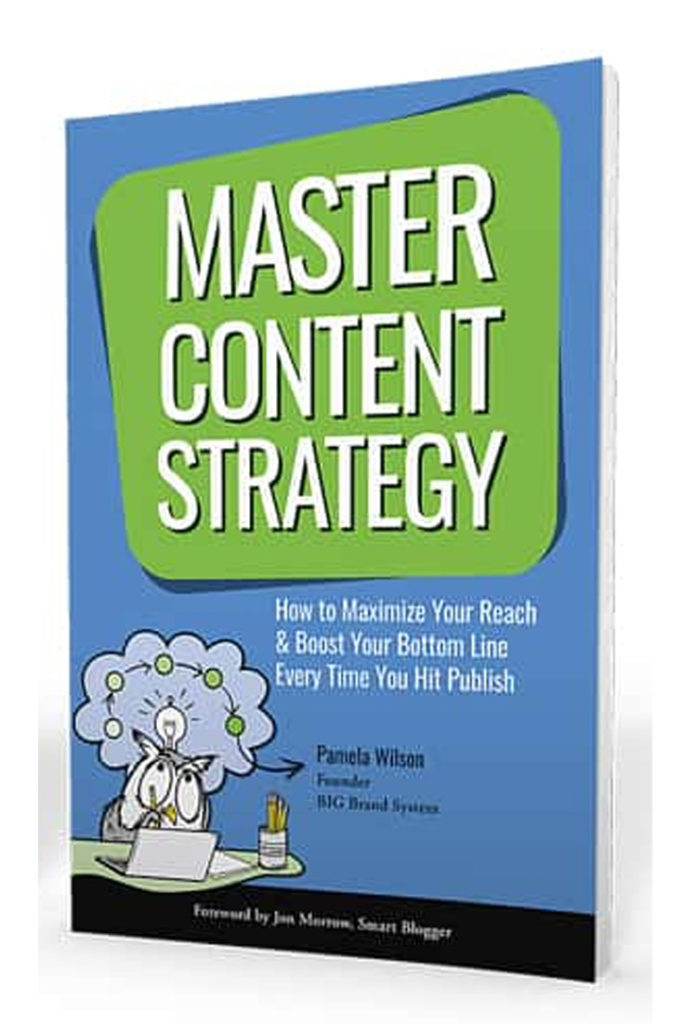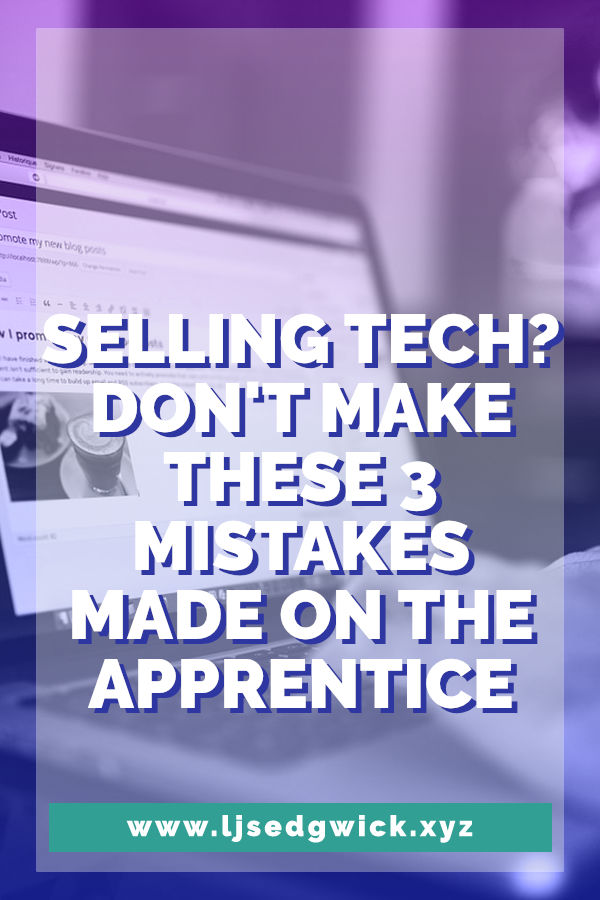I’ve long been a follower of Pamela Wilson, avidly reading her content on Copyblogger and now her BIG Brand System site. I also loved the previous book, Master Content Marketing. But there comes a point where you’ve learned all you can of writing blog posts and you need something more. Something bigger. In essence, you need a strategy.

Not all websites are created equal.
If your website is less than a year old, then your strategy will be different from someone running an 8-year-old site. That’s not because there’s anything wrong with one or the other, they just have different needs. And that’s where this book comes in. Wilson helps you diagnose which content marketing phase your own website is in and, crucially, what content marketing tasks you should focus on. She also provides plenty of ideas for repurposing content and generating ideas for content. That’s before I even mention the bonuses.
Master Content Strategy has LOTS of bonuses.
Unlike other books that focus on platform-dependent tactics that go out of date before you’ve finished reading the book, Master Content Strategy provides you with an evergreen toolkit of best practices that will stand the test of time throughout the lifespan of your website. I read it with the book in one hand, and a pen in the other to make plenty of notes. This website is only a couple of years old, but the main website I run supports Icy Sedgwick, my fiction writer alter-ego. I’ve had that one since 2009 but I stepped up my content marketing efforts in 2016. So the goals for that website are different than my content marketing goals for this one.
Indeed, that’s how I would recommend you use this book. Don’t just read it. Use it to design a strategy of your own. It’s definitely a resource I’ll return to again and again as my websites proceed into the next phase!
Buy your copy of Master Content Strategy on Amazon (affiliate link).
Please select all the ways you would like to hear from LJ Sedgwick:
You can unsubscribe at any time by clicking the link in the footer of our emails. For information about our privacy practices, please visit our website.
We use Mailchimp as our marketing platform. By clicking below to subscribe, you acknowledge that your information will be transferred to Mailchimp for processing. Learn more about Mailchimp’s privacy practices here.


















